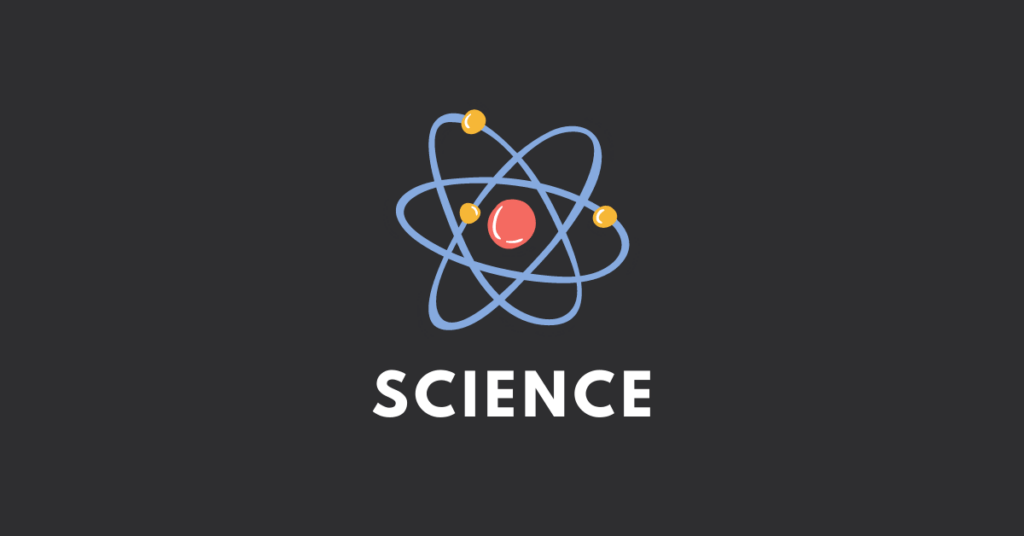Get summaries, questions, answers, solutions, notes, extras, PDF and guides for Science Class 10 textbook, which is part of the syllabus for students studying under SEBA (Assam Board), NBSE (Nagaland Board), TBSE (Tripura Board), CBSE (Central Board), MBOSE (Meghalaya Board), BSEM (Manipur Board), WBBSE (West Bengal Board), and all other boards following the NCERT books. These solutions, however, should only be treated as references and can be modified/changed.
Rationalised chapters
| Chapter 1: Chemical Reactions and Equations |
| Chapter 2: Acids, Bases and Salts |
| Chapter 3: Metals and Non-metals |
| Chapter 4: Carbon and its Compounds |
| Chapter 5: Life Processes |
| Chapter 6: Control and Coordination |
| Chapter 7: How do Organisms Reproduce? |
| Chapter 8: Heredity |
| Chapter 9: Light – Reflection and Refraction |
| Chapter 10: The Human Eye and the Colourful World |
| Chapter 11: Electricity |
| Chapter 12: Magnetic Effects of Electric Current |
| Chapter 13: Our Environment |
All chapters [NCERT]
| Chapter 1: Chemical Reactions and Equations |
| Chapter 2: Acids, Bases and Salts |
| Chapter 3: Metals and Non-metals |
| Chapter 4: Carbon and its Compounds |
| Chapter 5: Periodic Classification of Elements |
| Chapter 6: Life Processes |
| Chapter 7: Control and Coordination |
| Chapter 8: How do Organisms Reproduce? |
| Chapter 9: Heredity ane Evolution |
| Chapter 10: Light – Reflection and Refraction |
| Chapter 11: The Human Eye and the Colourful World |
| Chapter 12: Electricity |
| Chapter 13: Magnetic Effects of Electric Current |
| Chapter 14: Sources of Energy |
| Chapter 15: Our Environment |
| Chapter 16: Sustainable Management of Natural Resources |
About Science Class 10 textbook
Science Class 10 presents key concepts from various scientific fields. This subject helps build a strong base for future learning and aids in understanding everyday phenomena. The syllabus includes topics in chemistry, biology, physics, and environmental science.
Chemistry studies begin with Chapter 1: Chemical Reactions and Equations. It explains how substances interact to form new ones and teaches writing balanced chemical equations. Chapter 2: Acids, Bases and Salts covers the distinct properties of these compounds, their chemical reactions, and the pH scale. Chapter 3: Metals and Non-metals explores their physical and chemical characteristics, and methods for extracting metals. Chapter 4: Carbon and its Compounds highlights carbon’s unique bonding ability, forming many organic molecules.
The biology section includes Chapter 5: Life Processes. This chapter details essential activities like nutrition, respiration, internal transport, and excretion in living beings. Chapter 6: Control and Coordination examines how organisms respond to stimuli, covering nervous and hormonal systems in animals and plants. Chapter 7: How do Organisms Reproduce? describes various reproduction methods, including the human reproductive system. Chapter 8: Heredity introduces principles of how genetic traits are passed to offspring.
Physics concepts are explored starting with Chapter 9: Light – Reflection and Refraction. This chapter explains light’s behavior, including reflection by mirrors and refraction through lenses. Chapter 10: The Human Eye and the Colourful World details human eye functioning and optical phenomena like light scattering. Chapter 11: Electricity introduces electric current, resistance, Ohm’s law, and electric circuits. Chapter 12: Magnetic Effects of Electric Current explores electricity-magnetism connections, including magnetic fields, motors, and generators.
The course concludes with Chapter 13: Our Environment. This chapter discusses ecosystems, energy flow through food chains, and human impact on the natural world. It also addresses issues like ozone depletion and waste management.
Get notes of other classes and subjects

